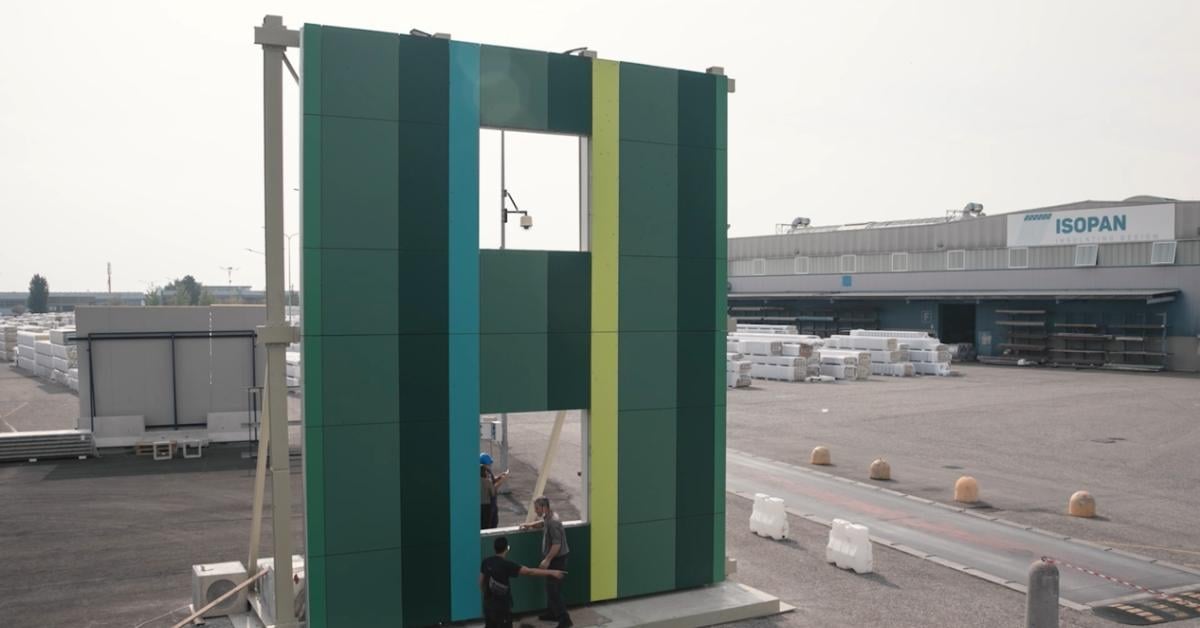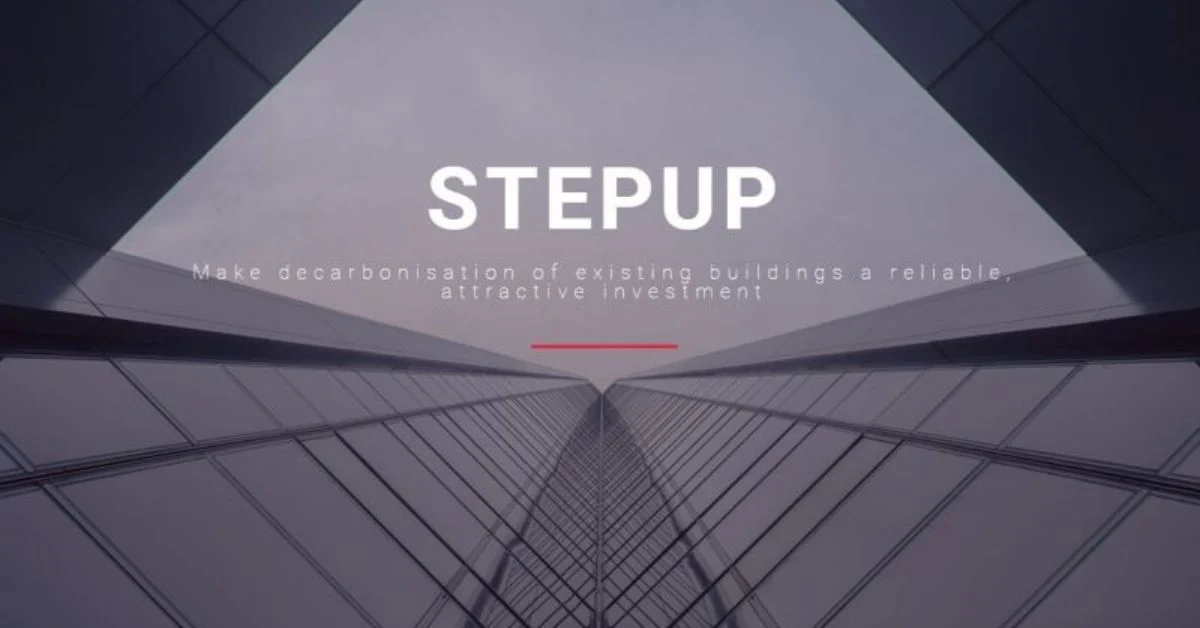In Italy, about 75% of residential buildings were built before the 1980s, and therefore it is an ancient and often poorly preserved housing stock. The construction sector is currently facing a period of great change due to the need to find new solutions to redevelop the existing stock, not just residential, and look to the future with confidence. This means reviewing building technologies and profoundly rethinking traditional construction models, shortening the supply chain and thereby implementing increasingly mature techniques.
Off-site redevelopment is one of the solutions: it aims to reduce work on site by carrying it out mainly in the workshop, thus allowing a new organisation of technologies and production processes The purpose? To obtain greater efficiency, reduced times and, above all, quality of the construction.
Off-site technology: what it is
The building is conceived as a machine that is initially assembled, then tested and only then put on the road. It becomes fundamentally important to foresee and plan, at pre-established deadlines, also concerning maintenance.
This process, therefore, develops and is based on five essential concepts:
- tailored
- lightweight
- modularity
- aesthetics
- speed
The workshop therefore becomes the most suitable place where activities can be standardised, codified and repeated, without compromising any tailoring. In these spaces, moreover, it is possible to build artefacts at a constant temperature and therefore not affected by meteorological factors, thereby increasing quality and decreasing costs.
It is therefore possible to consider this as building 4.0, which, through the digital infrastructure, manages every aspect of the project: from the survey, to the design of the artefacts, to their assembly, but also their installation and finally their monitoring.
This idea frightens many entrepreneurs and designers, as it is seen as a magnificent solution but utopian and hard to implement.
Here in our country, in fact, there is a lack of digital infrastructures and there is a widespread inability to manage a digital process along the supply chain, from design, to construction to the management of the property. Italy does have, however, manufacturers and developers of building 4.0 machinery and advanced mechanics can support this design, using different materials such as wood, steel and concrete that the production and control systems can be added to.
 Prototype of a facade built at the Isopan site
Prototype of a facade built at the Isopan site
The European StepUP project
To respond to the issues and at the same time to the new needs described above, the StepUP project was developed. This is a new challenge that involves a Manni Group team together with European partners. Just like in a team, everyone makes places their skills and professionalism at disposal.
The project involves the redevelopment of two pilot buildings: one in Budapest, Hungary, which concerns the energy redevelopment of a nursery school and the other in Pamplona, Spain, on the other hand which involves a 10-storey residential building.
The solution we have developed contemplates the use of cold press-formed profiles that rock wool roofing sandwich panels are installed on; an external skin is then attached to them by the Arkwall bracket, capable of responding to the designer’s multiple aesthetic needs.
The peculiarity of the project is that the modules have variable dimensions both in height (3.00 - 4.00 meters) and width (1.50 - 2.00 meters) It is a completely dry assembly where systems for monitoring or for the function of the building can also be installed.
The idea of the project is to apply the winning example of Energiesprong, adding creativity, high quality, excellence and high specialisation of the production techniques, i.e. all of the characteristics that distinguish Made in Italy.


